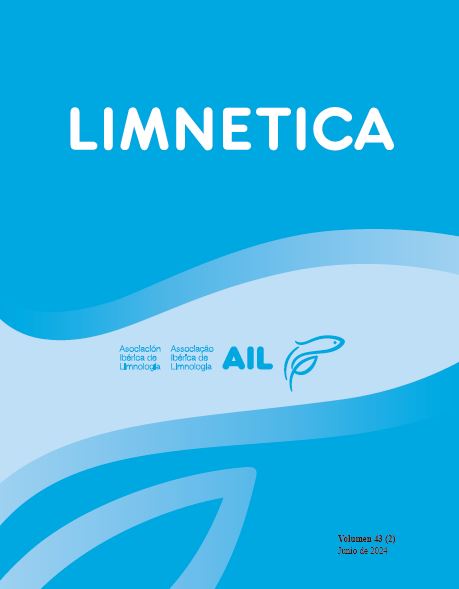Carbon dioxide and methane emissions across tropical and subtropical inland water ecosystems in Brazil: general patterns and potential drivers
Abstract
Investigations on CO2 and CH4 emissions from aquatic systems have increased in the last decades given their relationships with the biogeochemical cycles and their roles as greenhouse gases. Most studies focus on high-latitude water bodies, with limited information available for tropical and subtropical zones. Investigating the pathways, measurement methods, and possible drivers of the emissions of such gases can contribute to understanding the dynamics and intensity of emissions on both regional and global scales. Here we evaluated CO2 and CH4 emissions by lentic, lotic, and other types of aquatic ecosystems (e.g., floodplains, estuaries, and mangroves) in different biomes in Brazil. We analyzed the reported emission rates, if they were ebullitive or diffusive, most commonly used methods, and identified potential drivers through a literature search of papers published in the last ~30 years. Most studies were carried out in three biomes (Amazon, Atlantic rainforest, and Cerrado). The highest emissions were reported in lentic ecosystems (from 0.05 to 4567 mmol CO2 m-2 day-1, and from 0.19 to 447 mmol CH4 m-2 day-1), greater than most previous reports from high-latitude areas. The diffusive pathway was more frequently analyzed in comparison to the ebullitive one, and the floating chamber was the most commonly used measurement method. Although analyses of the ebullitive pathway were less frequent, our analyses indicated that such pathways are important. While alkalinity, pH and dissolved oxygen were potential predictors of gas emissions, the role of water depth was unclear. Emissions of CO2 and CH4 correlated positively. Further investigations and more data are still needed for building more robust prediction models for greenhouse gases emissions by tropical and subtropical water bodies.
Downloads
Published
Issue
Section
License
Authors publishing in the journal agree to the following terms
Limnetica is licensed under a Creative Commons Attribution-NonCommercial 4.0 International License.


